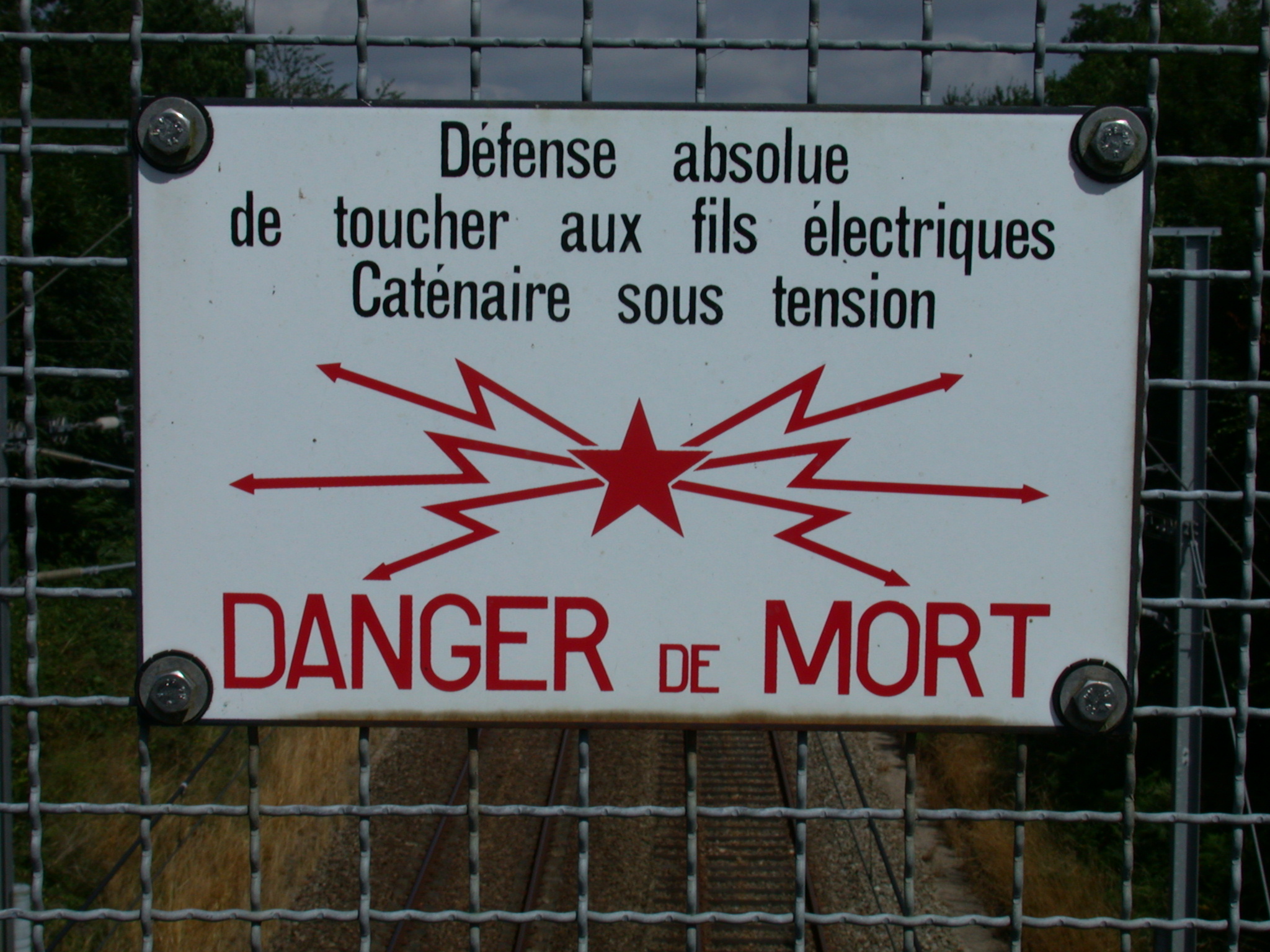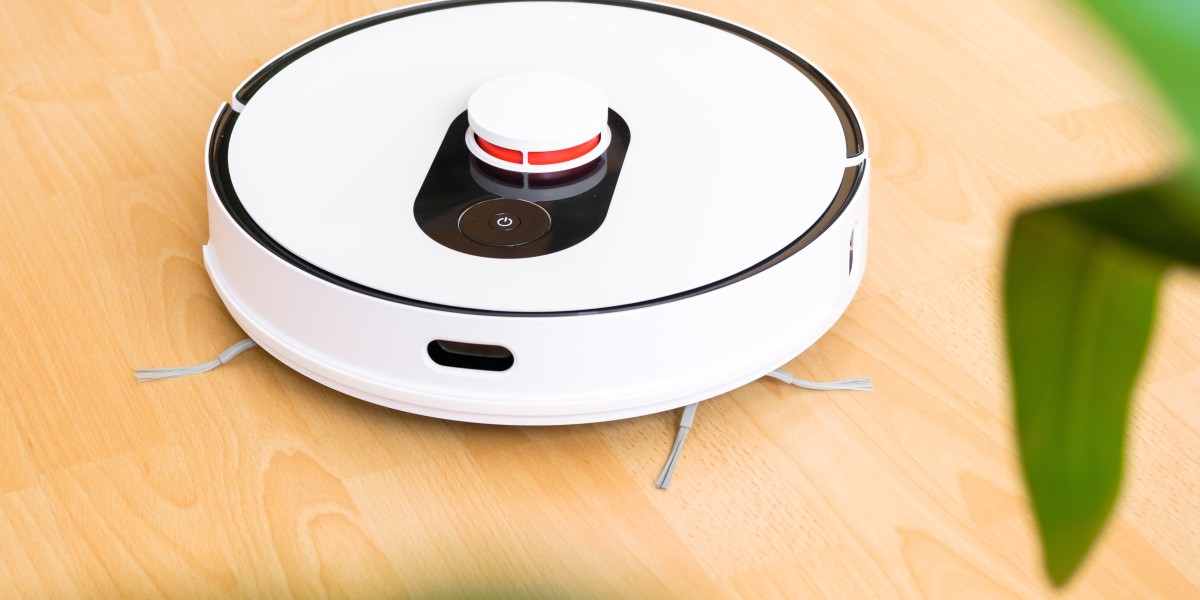Pocketed Hands
Consider how your perceptions of individuals are affected by the method in which they sit, walk, stand, or maintain their head. The way you move and carry yourself communicates a wealth of information to the world. This kind of nonverbal communication consists of your posture, bearing, stance, and the subtle actions you make. In some cases, what comes out of your mouth and what you talk via your body language may be two completely different things. If you say one factor, but your physique language says one thing else, your listener will doubtless feel that you’re being dishonest. When faced with such combined indicators, the listener has to determine on whether or not to believe your verbal or nonverbal message. Since body language is a natural, unconscious language that broadcasts your true feelings and intentions, they’ll likely select the nonverbal message.
Behavior Cues: Decoding Non-Verbal Communication in Everyday Interactions
Body language can reveal feelings or ideas that a consumer may be unwilling or unable to precise verbally. In regulation enforcement, reading nonverbal cues can be essential in interrogations, detecting deception, and assessing potential threats. While body language alone isn’t enough to determine guilt or innocence, it can provide valuable leads and assist investigators ask extra focused questions. While some expressions (like smiles) are typically understood throughout cultures, many gestures and behaviors can have vastly totally different meanings in different parts of the world. The "thumbs up" gesture, for example, is constructive in plenty of Western nations however can be extremely offensive in some Middle Eastern cultures. Let’s say you view someone as unfriendly as a result of they don't smile as much as socially anticipated.
Head In Hands
We use them to emphasize factors, illustrate ideas, and even unconsciously reveal our emotional states. Open palms typically sign honesty and openness, while clenched fists would possibly point out rigidity or anger. Even seemingly innocuous behaviors like touching one’s face or fidgeting with objects can provide clues about a person’s inside state. These fleeting facial actions, lasting only a fraction of a second, often reveal feelings we’re making an attempt to conceal. Spotting these could be like catching a glimpse of someone’s true emotions before they manage to masks them. Our faces are incredibly expressive, able to conveying a vast array of emotions. From the plain (a extensive grin signaling joy) to the subtle (a slight furrow of the forehead indicating concern), facial habits is a wealthy supply of nonverbal information.
 People interested in each other smile extra, and their mouths may even be slightly open. A one who leans in course of you or mirrors your body language can be demonstrating interest. When there is a mismatch between a person’s words and physique language, it is typically most popular to depend on their body language for an correct interpretation of their true feelings. Most folks make a acutely aware effort to choose on their words rigorously; nonetheless, physique language is far more durable to consciously management and subsequently more reliable typically. Eye actions and modifications inform us a lot about others’ intentions. During an interplay, we will often see adjustments such as longer eye gaze, sideways glances, and blocked eyes. These cues can indicate emotions like attraction, skepticism, or stress.
People interested in each other smile extra, and their mouths may even be slightly open. A one who leans in course of you or mirrors your body language can be demonstrating interest. When there is a mismatch between a person’s words and physique language, it is typically most popular to depend on their body language for an correct interpretation of their true feelings. Most folks make a acutely aware effort to choose on their words rigorously; nonetheless, physique language is far more durable to consciously management and subsequently more reliable typically. Eye actions and modifications inform us a lot about others’ intentions. During an interplay, we will often see adjustments such as longer eye gaze, sideways glances, and blocked eyes. These cues can indicate emotions like attraction, skepticism, or stress.So clearly, football manager Pep Guardiola isn’t happy with a journalist’s question here. What’s interesting is he by no means raises his voice or makes use of overly negative language. It’s his gestures and negative body language that basically define how seething he's. Everyone is given their probability to speak and no one particular person ever dominates the dialog.
The Science Behind the Signals: Unraveling Body Language and Behavior
Various body language signs point out that someone is listening to what you’re saying. If their head and torso are turned in your course and they’re leaning toward you, it means they’re listening. If someone is sitting up straight, it’s a sign they’re paying attention to what you’re saying. According to Mehrabian, the spoken word communicates 7% of that means. Your tone of voice communicates 38% of that means, and your body language communicates 55% of that means. The types of nonverbal communication you use can even undermine or análise de caráter da leitura corporal contradict what you say. If we want to feel a certain method, we are in a position to use our physique language to our advantage.
Intimate Distance: 6 to 18 inches
It could be difficult to speak confidence in your actions when you may not feel it internally. When you show confident physique language, such nearly as good posture or eye-contact, even when you’re making a aware effort, research have shown that it could lead to feeling more assured. When talking to others, follow controlling impulses to fidget and planting your feet confidently to extend shallowness. When we discuss checking for non-verbal gestures in clusters, it means taking a look at a quantity of physique language alerts together to know what someone may be feeling or thinking. For example, should you see somebody crossing their arms – that may give you a clue that they are feeling resistant or defensive. If the same person can additionally be shivering and their shoulders are up, the individual may be cold or uncomfortable.






